Have you ever gazed into a dog’s eyes and wondered what it takes to truly win their heart? Earning a dog’s trust isn’t just about giving belly rubs or tossing them a treat. It’s about building a bond so strong that your dog feels safe, loved, and understood—no matter what. For many dog lovers, that deep, tail-wagging, soul-stirring trust is a dream come true. But how do you get there? And what mistakes should you absolutely avoid? Let’s unlock the secrets to forging an unbreakable connection with your canine companion.
Understanding Your Dog’s Body Language

Dogs speak volumes through their bodies, far more than we might notice at first glance. A wagging tail, perked ears, or a low growl each tell their own story. To earn your dog’s trust, it’s essential to learn their language. Watch how your dog reacts to new people or loud noises—do they cower, bark, or hide? If so, they’re telling you they feel anxious or scared. On the other hand, relaxed posture and soft eyes usually signal comfort and security. Imagine if someone didn’t listen when you expressed discomfort—that’s how dogs feel when we ignore their signals. By observing and respecting these cues, you’re showing your dog you value their feelings and are a safe person to be around.
Respecting Personal Space
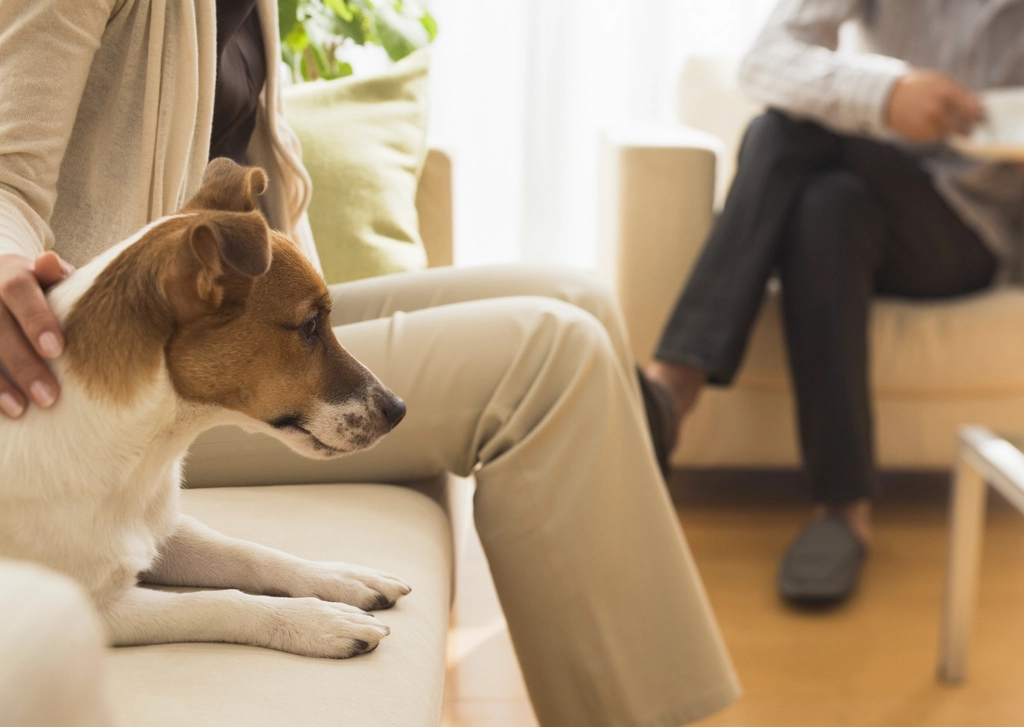
It’s tempting to smother a cute dog with hugs and kisses, but not all dogs appreciate close contact—especially at first. Just like humans, dogs have boundaries. Forcing affection or invading their space too soon can make them distrustful or even fearful. Instead, offer your hand for a sniff and let your dog come to you on their own terms. This simple act of patience tells your dog you respect their comfort zone. Over time, as they feel safe, they’ll seek you out for cuddles and closeness. Think of it as letting a new friend set the pace in a relationship—it’s all about mutual respect.
Offering Consistent Routines
Dogs thrive on predictability. Establishing a daily routine—feeding, walks, playtime, and bedtime—gives your dog a sense of security. When your dog knows what to expect, they feel less anxious and more confident. Imagine living in a world where everything changes constantly; it would be unsettling! By sticking to regular schedules, you’re telling your dog the world is safe and you are reliable. Consistency in your actions, words, and even tone of voice helps your dog relax and trust that you’re always there for them.
Using Positive Reinforcement
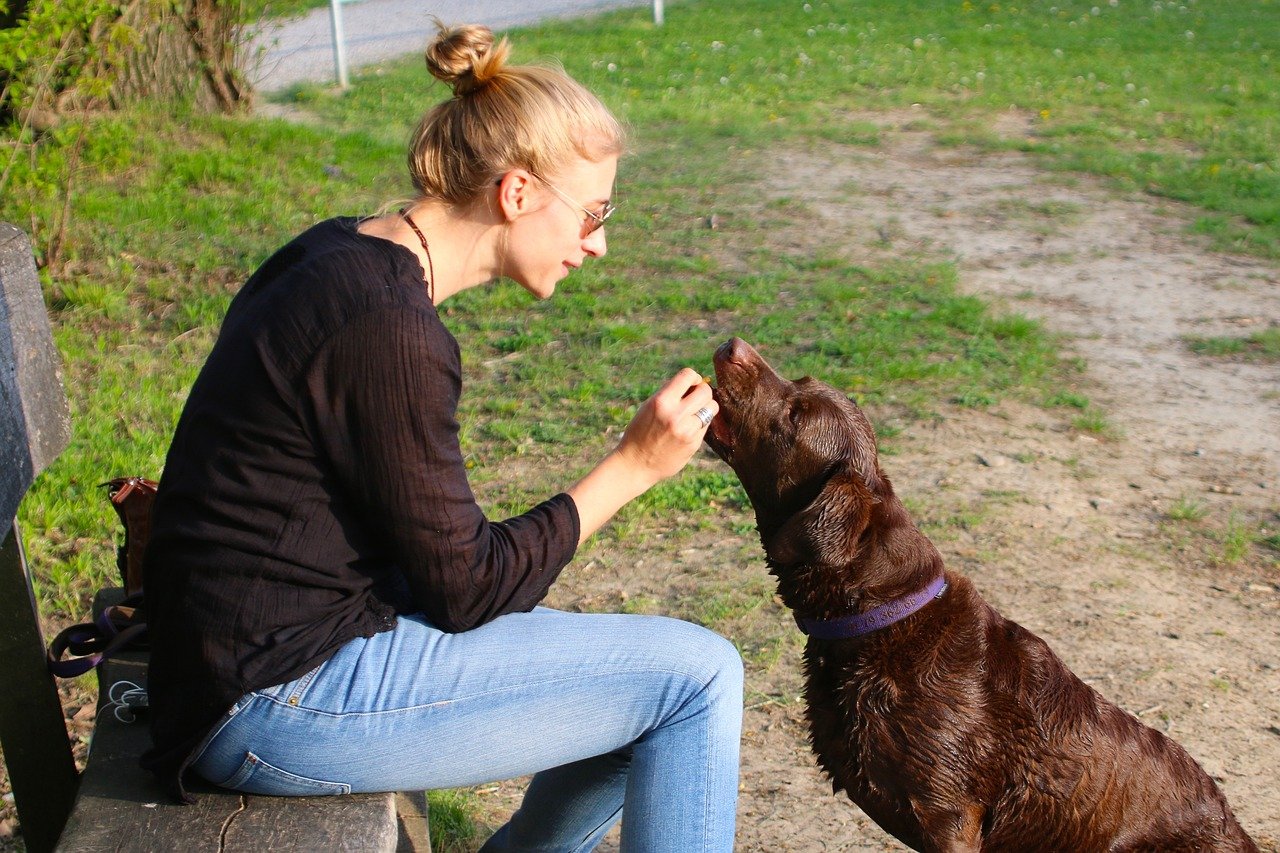
Nothing builds trust faster than positive reinforcement. This means rewarding the behaviors you want to see with treats, praise, or play. If your dog sits when asked, shower them with gentle words or a tasty snack. Positive reinforcement teaches your dog that good things happen when they listen to you, boosting their confidence and affection for you. Avoid harsh punishments or scolding, which can make a dog fearful or withdrawn. Think of positive reinforcement as the golden rule of friendship—encourage, don’t discourage.
Communicating Calmly and Clearly
Dogs are sensitive to our emotions and energy. If you’re tense or angry, they’ll pick up on it instantly. Speak to your dog in a calm, steady voice, and use simple, consistent commands. Avoid shouting or sudden movements that might startle them. Clear communication helps build understanding and predictability, both of which are vital for trust. Just as you’d want someone to speak kindly and clearly to you, your dog craves gentle guidance and reassurance.
Engaging in Play and Bonding Activities
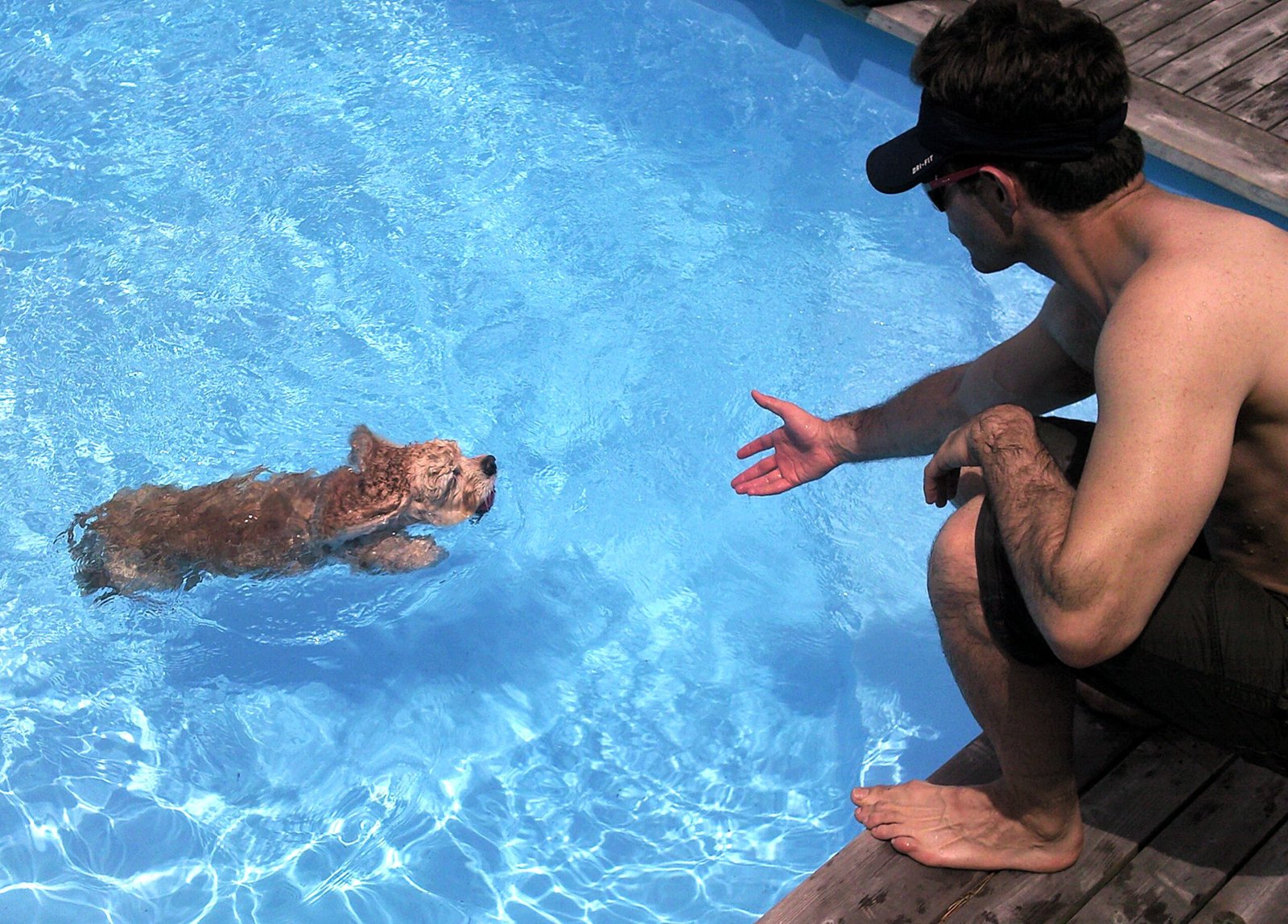
Playtime is more than just fun—it’s a chance to bond. Whether it’s tossing a ball, playing tug-of-war, or exploring the neighborhood together, these moments build joyful memories and reinforce your dog’s connection to you. Dogs love to play, and sharing these experiences creates a positive association with your presence. It’s like building inside jokes with a friend; you’re creating your own language of love and trust. Make time for these activities daily, and watch your dog’s loyalty deepen.
Providing Gentle Training and Guidance
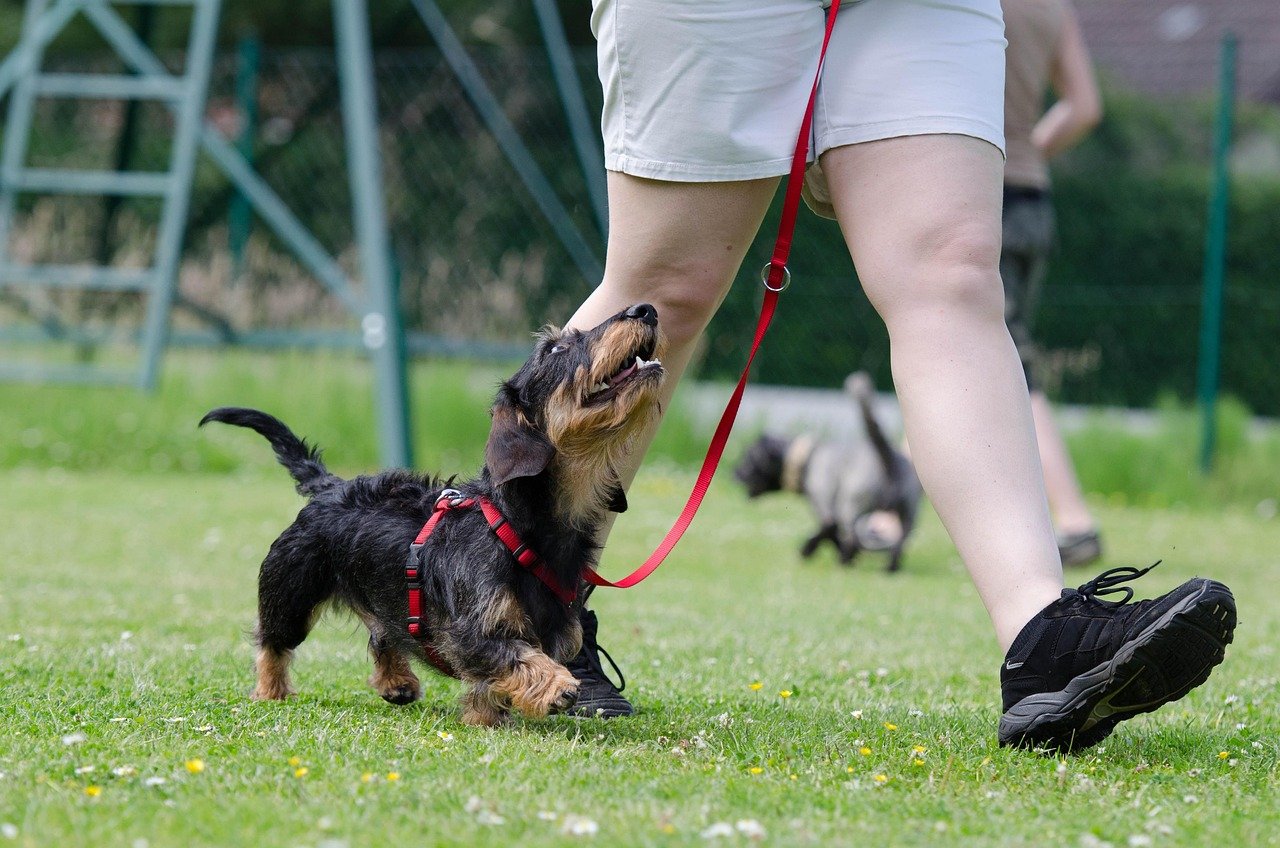
Training isn’t just about obedience—it’s about communication and teamwork. Use gentle, reward-based training methods to guide your dog’s behavior. This shows your dog that you’re a patient and fair leader. Never use physical punishment or force, as this can shatter trust and cause lasting fear. Instead, help your dog learn new skills at their own pace, celebrating small victories along the way. Training together is like learning a dance—it takes patience, practice, and lots of encouragement.
Meeting Physical and Emotional Needs

A dog’s trust is built on more than just affection; their basic needs must be met. Ensure your dog is well-fed, has access to fresh water, gets regular exercise, and enjoys comfortable resting spaces. But don’t stop there—dogs also have emotional needs. Spend quality time together, offer soothing words, and make sure they have opportunities for mental stimulation. When your dog sees you care for every part of their well-being, their trust in you grows deeper every day.
Practicing Patience and Understanding

Trust takes time—sometimes weeks, sometimes months. Every dog is different, with their own history and fears. If your dog hesitates or seems nervous, practice patience. Avoid rushing them into situations they’re not ready for. Celebrate progress, no matter how small, and always meet setbacks with compassion. Think of gaining a dog’s trust like tending a delicate plant: with consistent care and gentle attention, it will blossom beautifully in its own time.
Pitfall 1: Forcing Unwanted Interactions
One of the biggest mistakes people make is forcing a dog into situations they’re not comfortable with—like meeting new people or dogs, or enduring loud environments. This can make a dog feel trapped and erode their trust in you. Instead, always watch for signs of stress or fear, and let your dog set the pace. Remember, trust is earned, not demanded. Just as you wouldn’t want to be pushed into uncomfortable situations, neither does your dog.
Pitfall 2: Inconsistent Rules and Boundaries
Dogs get confused and anxious when the rules keep changing. If you allow your dog on the couch one day and scold them for it the next, they won’t know what to expect. This inconsistency can lead to mistrust and even behavioral problems. Set clear, fair boundaries from the start, and stick to them. Consistency makes your dog feel safe and helps them understand what’s expected, deepening their trust in you as a dependable leader.
Pitfall 3: Ignoring Signs of Fear or Discomfort
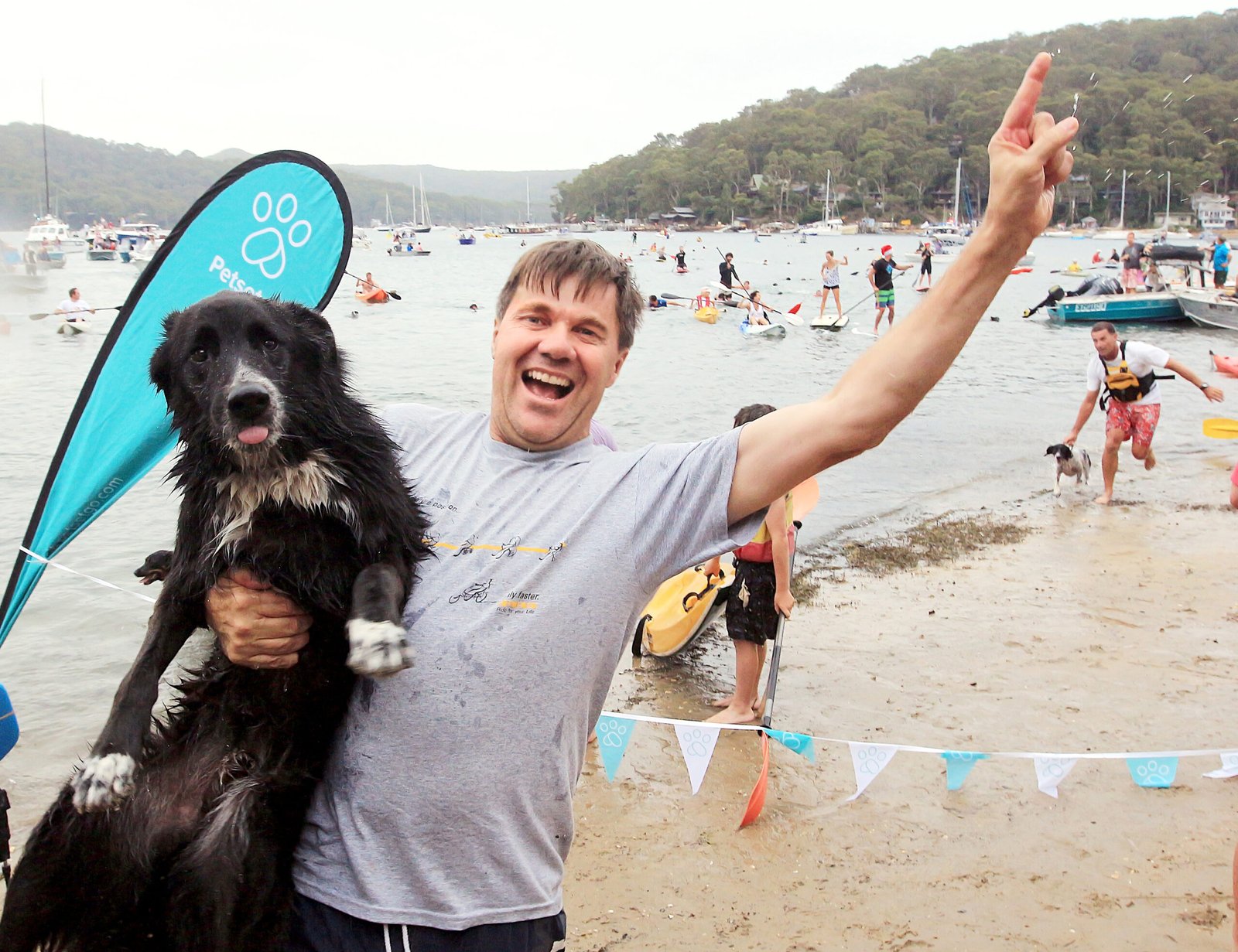
Nothing damages trust faster than ignoring your dog’s signals of fear or discomfort. If your dog is trembling, hiding, or growling, they’re telling you they need help or space. Brushing off these signs or blaming the dog for being “difficult” only teaches them that you don’t listen or care. Instead, be attentive and responsive to your dog’s emotions. This shows them you’re a trustworthy partner who will always look out for their well-being.
Conclusion
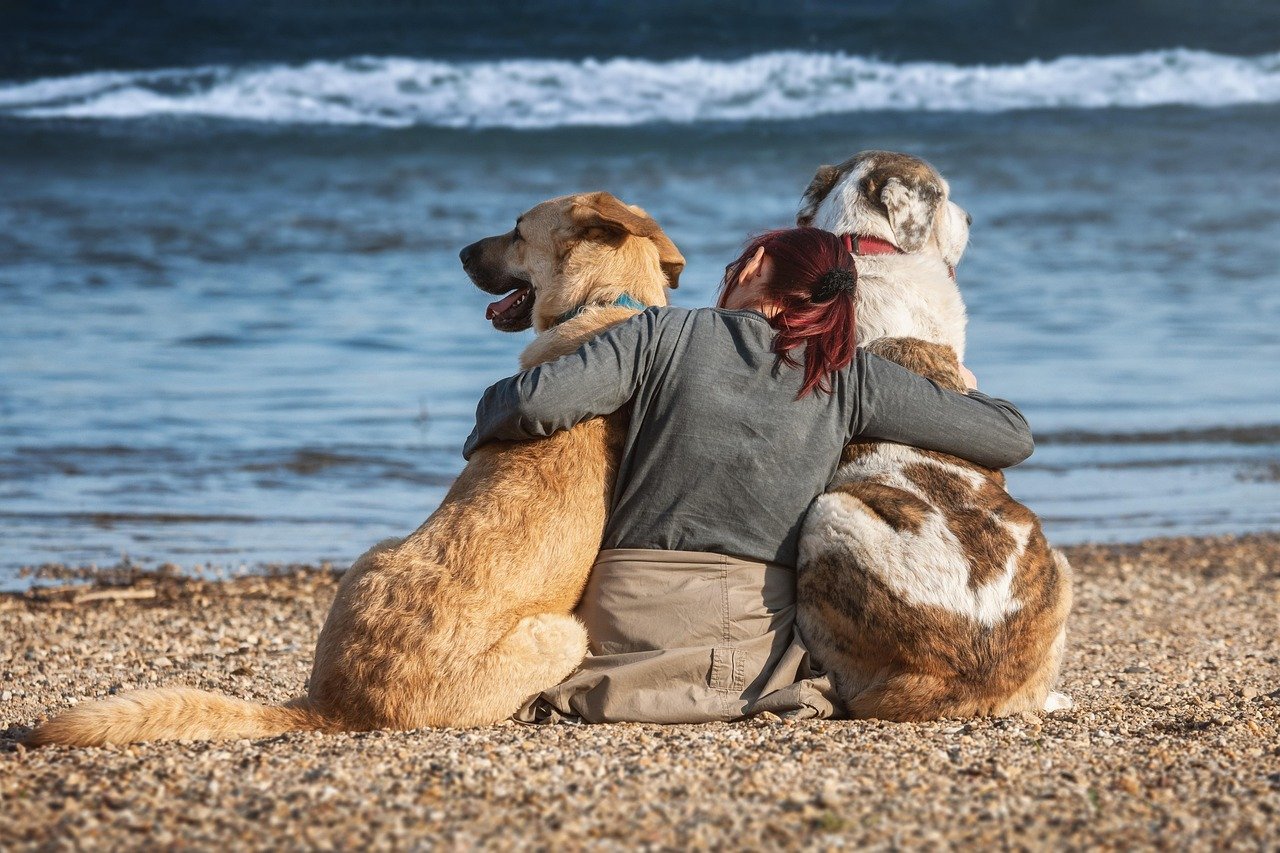
Building complete trust with your dog is a journey filled with patience, love, and understanding. By respecting their boundaries, communicating clearly, and meeting their needs, you lay the foundation for a lifelong friendship. Avoid common pitfalls, and remember every dog is unique, deserving of compassion and respect as they learn to trust you. Isn’t it amazing what a little care and attention can do for the heart of a dog?
Jen is a passionate nature lover and ocean conservationist. She has dedicated her life to protecting the environment and preserving the beauty of the natural world. Growing up in a small coastal town, Jen sincerely appreciated the ocean and its inhabitants. She has spent countless hours exploring the shoreline, learning about the creatures that inhabit the waters, and advocating for their protection. Jen is an active member of ocean conservation organizations, and she is committed to educating the public about the importance of conserving wildlife and the natural environment.






